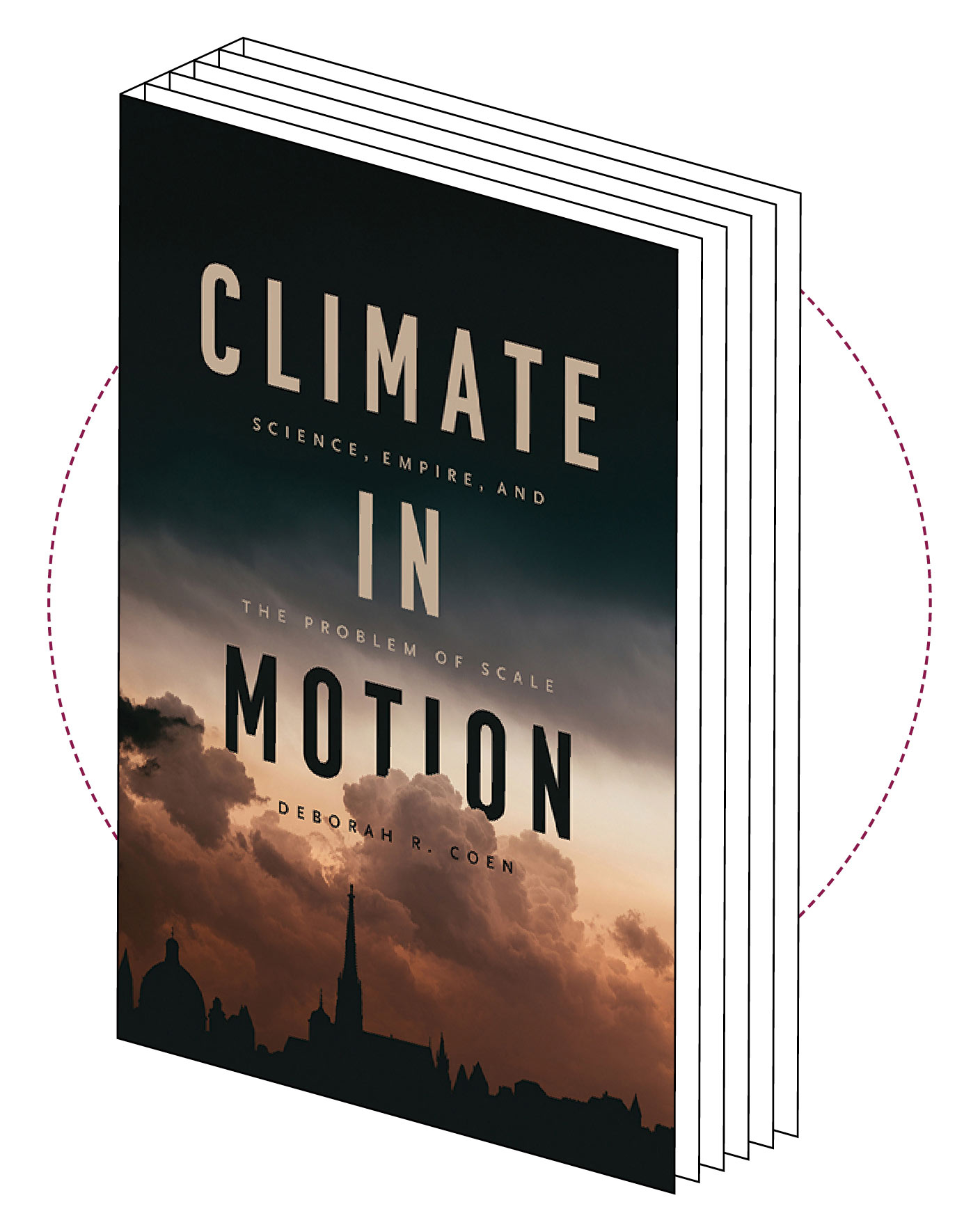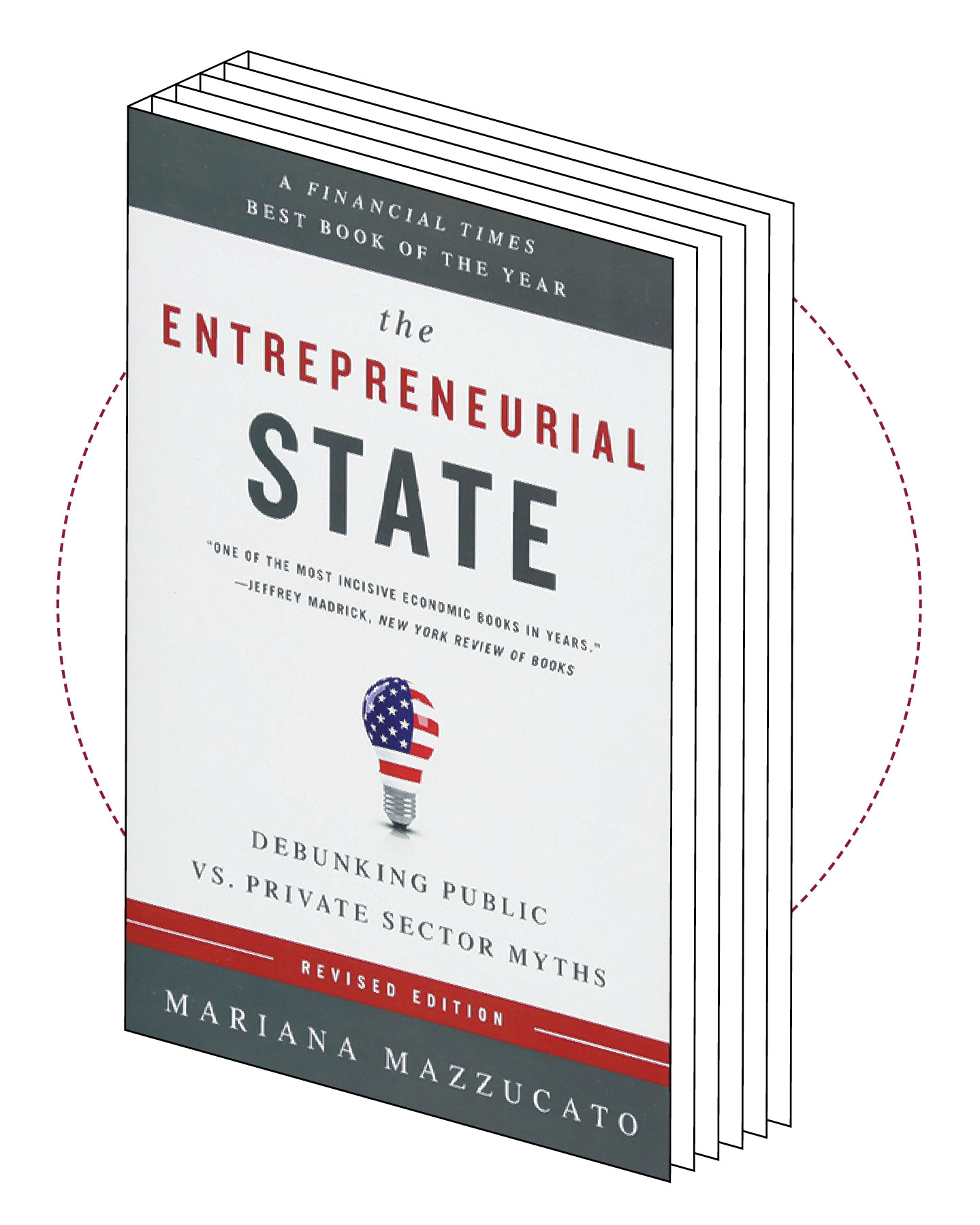Five books about technology and government
How do governments shape technology, and how does technology shape governance? These interactions are far more complicated than free-market advocates realize. The libertarian consensus that government holds back innovation, which has circulated in Silicon Valley for decades, is particularly damaging. The books excerpted here investigate how government decisions affect science and technology in ways not widely appreciated.
Pandemics, Pills, and Politics: Governing Global Health Security (2018)
By Stefan Elbe

“When it comes to pandemic influenza, then, governments are actually left confronting a quite unsavory and thorny political scenario. In the event of a new flu pandemic, they would initially have to let the virus run its course for many months while they wait for a virus-specific vaccine to gradually become available—provided, that is, they even have production capacity or are at least able to secure orders from elsewhere. This long period of delay could have devastating social, economic, political, and public health ramifications. During this period, governments would also run the political risk of being seen as weak, even negligent, in their core duty to protect the welfare of their populations …
Precisely that political realization ushered in Tamiflu’s second life as a prominent medical countermeasure against pandemic flu. Moving forward, government considerations around the drug would be governed less by strict cost-benefit considerations and more by security logics and political imperatives … Shifting out of the context of seasonal flu and into that of pandemic flu fundamentally transformed the financial arithmetic around Tamiflu."
Climate in Motion: Science, Empire, and the Problem of Scale (2018)
By Deborah R. Coen

“Until the twentieth century, theories of the global circulation of the atmosphere ignored motions smaller and shorter-lived than a major tropical cyclone. The circle of scientists around [19th-century meteorologist Julius] Hann bridged that gap, developing a picture of the interaction of small scale and large that still underwrites the climate models of today. Arguably, what makes modern climate science modern is its integration of phenomena of radically different dimensions …
Working without the aid of digital computers, Habsburg scientists invented creative ways to detect, model, and represent atmospheric motions. These included turning plants into measuring instruments, imagining riverbeds as models of atmospheric waves, and inventing new literary and cartographic genres … The scientific institutions of the supranational state formed a unique lens onto the natural world. Unlike administrators in Washington or Saint Petersburg, the emperor’s ministers in Vienna saw good reasons, both practical and ideological, to support the study of climate down to the details of the smallest scales.”
The Shock of the Old: Technology and Global History since 1900 (2006)
By David Edgerton

“The most innovative nations of the twentieth century have not been the fastest growing.
So powerful has this innovation-centric view been, especially in its nationalistic versions, that all evidence to the contrary has been studiously ignored … national rates of economic growth did not correlate positively with national investments in invention, research and development, or innovation. It has not been the case that countries that innovate a lot, grow a lot …
Why does the techno-nationalist assumption about innovation and growth not hold? The link between innovation and use, and thus economic performance, is far from straightforward. Yet the techno-nationalist assumption implies that the things a nation uses derive from its own invention and innovation, or at the very least that innovating nations have early leads in the technologies they innovate. Yet the site of innovation is not always the major site of even early use of the technology … Most technologies are shared across national boundaries; nations acquire more new technology from abroad than they innovate themselves.”
The Entrepreneurial State: Debunking Public vs. Private Sector Myths (2013)
By Mariana Mazzucato

“This conventional view of a boring, lethargic State versus a dynamic private sector is as wrong as it is widespread … It creates a self-fulfilling prophecy: the less big thinking a government does, the less expertise it is able to attract, the worse it performs, and the less big thinking it is allowed to do and capable of doing …
If the State is so important to funding high-risk investments in innovation, it should follow that the State should earn back a direct return on its risky investments. Such returns can be used to fund the next round of innovations, but also help cover the inevitable losses that arise when investing in high-risk areas. So rather than worrying too much about the State’s in/ability to ‘pick winners,’ more thought should be dedicated to how to reward the wins when they happen so that the returns can cover the losses from the inevitable failures, as well as funding new future wins. Put provocatively, had the State earned back just 1 per cent from the investments it made in the Internet, there would be much more today to invest in green tech.”
The Effortless Economy of Science? (2004)
By Philip Mirowski

“If I had to summarize the experience of the last century, it seems to have consisted of one of the two root options: one says that science operates just like a market, so don’t worry and be happy; while the other insists that science is the antithesis of the market, and must be approached with the reverence appropriate to a mystery, altogether denying the grubby details … [In fact] the economy is not merely an external agency which funds (or not) a free-standing immortal but independently constituted science … The new move to privatize and re-engineer university science had at its core a fundamental contradiction: intellectual property in the larger society was no longer being structured primarily to foster personal innovation … changes in intellectual property in the last two decades were rather primarily aimed at creating and engrossing intellectual property where it had not previously been dominant, and subsequently controlling and sequestering it for strategic corporate purposes … No one was thinking about the implications for science when they set about protecting Mickey Mouse … yet now do we reap the whirlwind.”
Deep Dive
Policy
Is there anything more fascinating than a hidden world?
Some hidden worlds--whether in space, deep in the ocean, or in the form of waves or microbes--remain stubbornly unseen. Here's how technology is being used to reveal them.
A brief, weird history of brainwashing
L. Ron Hubbard, Operation Midnight Climax, and stochastic terrorism—the race for mind control changed America forever.
What Luddites can teach us about resisting an automated future
Opposing technology isn’t antithetical to progress.
Africa’s push to regulate AI starts now
AI is expanding across the continent and new policies are taking shape. But poor digital infrastructure and regulatory bottlenecks could slow adoption.
Stay connected
Get the latest updates from
MIT Technology Review
Discover special offers, top stories, upcoming events, and more.